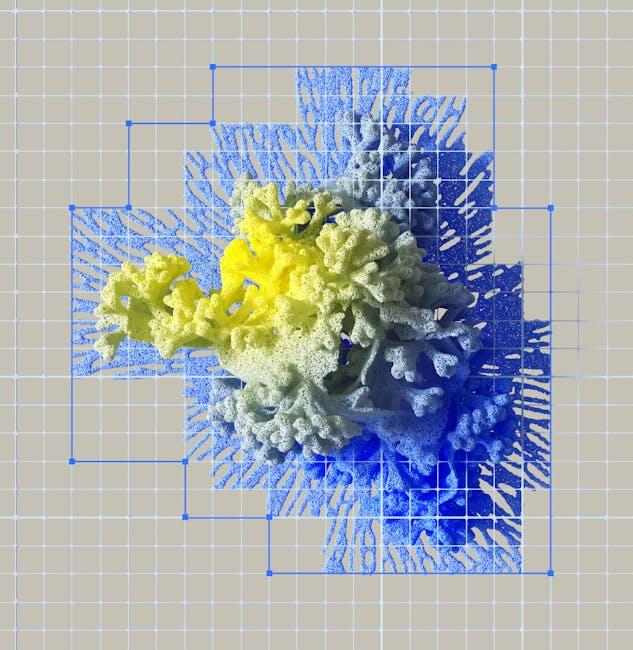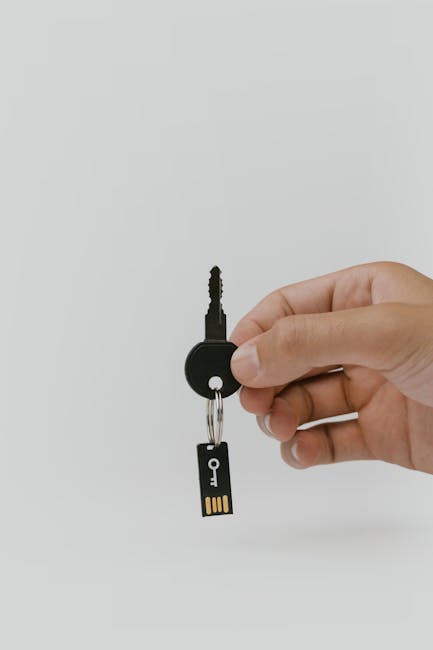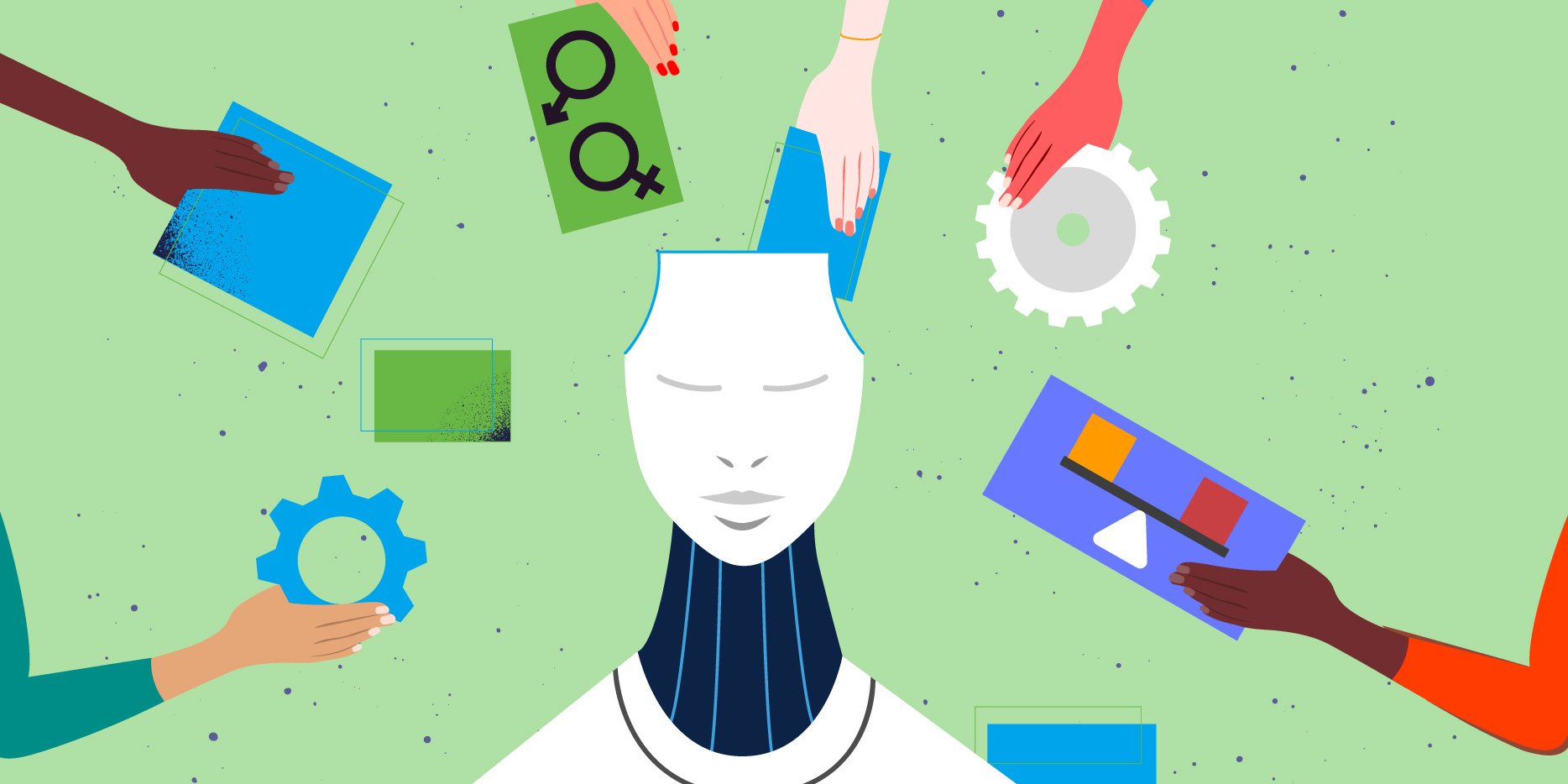Navigating AI Ethics: Balancing Rights and Wrongs

Ah, the age-old struggle of balancing rights and wrongs – except this time, we’re not talking about deciding whether to steal the last slice of pizza or not. Nope, we’re diving headfirst into the murky waters of AI ethics. Sure, AI may not have a physical form (yet), but that doesn’t mean it can’t cause some serious ethical conundrums. So grab your compass and buckle up, because we’re about to navigate through the wild world of artificial intelligence and its moral dilemmas.
The Rise of Artificial Intelligence in Society
Artificial intelligence has taken over almost every aspect of society, from virtual assistants on our phones to self-driving cars on the roads. It seems like everywhere you turn, there’s a robot ready to take on the world.
With the rise of AI, we have seen some pretty amazing advancements that have revolutionized the way we live our lives. Here are some incredible ways that artificial intelligence has made its mark on society:
- Medical Diagnostics: AI can now analyze medical imaging studies with incredible accuracy, helping doctors detect diseases earlier and more effectively.
- Smart Homes: From controlling our thermostats to vacuuming our floors, AI has made our homes smarter and more efficient than ever before.
- Customer Service: Chatbots are now the first line of defense for customer service inquiries, offering quick and efficient solutions to problems.
So, while we may not have flying cars just yet, it’s safe to say that artificial intelligence is well on its way to taking over the world – one algorithm at a time.

Understanding the Ethical Dilemmas Posed by AI
AI, a marvel of human innovation or the beginning of our downfall? The ethical dilemmas posed by artificial intelligence are as perplexing as they are alarming. Let’s dive into the murky waters of AI ethics and see what all the fuss is about.
One of the biggest concerns surrounding AI is the issue of bias. Just like that one friend who always has a bad influence on you, AI can pick up biases from its creators or the data it’s trained on. Imagine a world where your toaster refuses to make breakfast because it has a bias against gluten – that’s the reality of biased AI. Let’s face it, we don’t need more discrimination in our lives, especially not from our toaster.
Another ethical dilemma that AI brings to the table is the question of accountability. Who do you blame when your self-driving car runs over your neighbor’s prize-winning petunias? The car itself? The programmers? Or maybe you, for trusting a robot to do your driving for you. It’s a moral maze with no easy way out, but hey, at least it makes for some great philosophical debates at parties.
And let’s not forget the age-old question of job displacement. Sure, AI can do things faster and more efficiently than us mere mortals, but at what cost? When AI takes over all the jobs, what will we do with our newfound free time? Start a band with our robot overlords? Join a knitting circle? The possibilities are endless, and slightly terrifying.

privacy-and-data-protection”>Impact of AI on Privacy and Data Protection
Privacy and data protection have become hot topics in the age of AI, and for good reason. With the rise of AI technologies, our personal information is more at risk than ever before. But fear not, for there are ways to combat the potential negative impact of AI on our privacy and data security!
One way to protect your privacy in the face of AI is to be mindful of what information you share online. Remember, just because a robot asks for your name, address, and favorite pizza topping, doesn’t mean you have to give it up! Keep your personal data locked up tighter than Fort Knox, and you’ll be one step ahead of the AI game.
Another way to safeguard your privacy is to invest in some high-tech gadgets that will keep your data safe from prying robot eyes. From encrypted flash drives to anti-spyware software, there’s no shortage of tools to help you maintain your privacy in this digital age. Plus, who doesn’t love a good gadget or two?
So, don’t let the rise of AI scare you into living off the grid. With a little vigilance and a touch of tech-savviness, you can keep your privacy and data protection in check. Remember, you’re the boss of your own information, so don’t be afraid to flex those digital muscles and take charge!
Ensuring Fairness and Accountability in AI Systems
When it comes to AI systems, it’s important to make sure that they are fair and accountable. Imagine a world where robots are running amok, making biased decisions left and right. That would be chaos! We need to ensure that our AI systems are held to the highest standards of fairness and accountability.
One way to achieve this is by implementing **diversity and inclusion** in the teams that are developing these AI systems. After all, we don’t want a bunch of robots being programmed by a group of clones with the same biases! By bringing in a diverse group of people with different perspectives and experiences, we can ensure that our AI systems are fair and just.
Another key factor in is **transparency**. We can’t just let these robots make decisions behind closed doors without any explanation. We need to hold them accountable and make sure their decision-making processes are transparent and understandable to us mere humans.
Overall, by prioritizing diversity, inclusion, and transparency, we can ensure that our AI systems are fair, just, and accountable. Let’s keep those robot overlords in check!

Challenges of Bias and Discrimination in AI
So, you thought AI was all rainbows and unicorns, right? Wrong! Just like a bad case of the Mondays, bias and discrimination have found their way into the world of artificial intelligence. But fear not, dear reader, for we are here to shine a light on these pesky challenges.
First up, we have good ol’ bias. Imagine AI as that friend who always picks the same restaurant for dinner, no matter how many times you suggest something different. That’s bias in AI for you. It’s when the algorithms favor certain groups or ideas over others, leading to skewed results and unfair outcomes. Not cool, AI, not cool.
Next on the list is discrimination. It’s like that one acquaintance who judges you for wearing socks with sandals – it’s just plain wrong. Discrimination in AI happens when the algorithms make decisions based on irrelevant factors like race or gender, perpetuating harmful stereotypes and inequalities. Time to step up your game, AI, and leave the judging to the fashion police.
But fear not, brave souls, for there is hope on the horizon. By addressing these challenges head-on and implementing measures to counteract bias and discrimination, we can ensure a brighter future for AI and all who interact with it. Together, we can show bias and discrimination the door and pave the way for a fairer, more inclusive digital landscape. Let’s do this, AI warriors!
Strategies for Ethical Decision-making in AI Development
When it comes to developing AI, it’s important to always keep ethical considerations in mind. To help guide you through the decision-making process, here are some strategies to consider:
- Consult with experts: Just because you can create a robot that can do backflips doesn’t mean you should. Seek advice from ethicists, psychologists, and other experts to understand the potential impact of your AI development.
- Consider the consequences: Before unleashing your AI creation on the world, think about how it might affect society, the environment, and even individual privacy. Sure, a robot that can do your laundry sounds cool, but at what cost?
- Test, test, test: Don’t just assume your AI will behave ethically. Put it through rigorous testing to uncover any potential biases or unintended consequences. You wouldn’t want your AI to accidentally start a robot uprising, would you?
By following these strategies, you can help ensure that your AI development is not only innovative but also ethical. Remember, with great power comes great responsibility - and maybe a few less backflips.
Regulatory Frameworks for AI Ethics in a Global Context
When it comes to navigating the complex world of artificial intelligence ethics on a global scale, it can feel like you’re in a tangle of red tape thicker than a bowl of spaghetti. But fear not, dear reader, for there are regulatory frameworks in place to help guide the way through this technological maze.
One key aspect of these frameworks is the establishment of ethical guidelines that govern the development and deployment of AI systems. These guidelines serve as guardrails to ensure that AI technologies are used in a responsible and ethical manner. Think of them as the traffic signs that keep our AI-driven cars from careening off the digital highway.
Another important component of regulatory frameworks for AI ethics is the enforcement mechanisms put in place to hold individuals and organizations accountable for any ethical breaches. These mechanisms act as the AI police force, patrolling the digital streets to ensure that everyone plays by the rules.
Ultimately, these regulatory frameworks serve as a global safety net, providing a foundation for ethical AI development and ensuring that the technology is used to benefit society as a whole. So next time you feel overwhelmed by the intricacies of AI ethics, just remember that there are regulations in place to keep things in check – and maybe pour yourself a big bowl of spaghetti to celebrate.
FAQs
What are some common ethical concerns related to AI technology?
Well, where do I start? How about bias, privacy invasion, job displacement, and Terminator-like scenarios? Just to name a few!
How can companies ensure their AI technologies are ethically sound?
First off, they can start by not giving AI free rein to wreak havoc like a rebellious teenager. Implementing ethical guidelines, conducting regular audits, and having the ethics police on speed dial wouldn’t hurt either.
Why is it important to balance the rights and wrongs of AI ethics?
Because letting AI run amok like a toddler with a sugar high is a recipe for disaster. Balancing rights and wrongs ensures that AI doesn’t turn into a monster that eats our souls for breakfast.
How can individuals advocate for responsible AI usage?
By not blindly trusting AI like it’s some all-knowing oracle. Stay informed, ask questions, and don’t be afraid to speak up when AI starts getting a little too big for its circuits.
What are some real-world examples of AI ethics gone wrong?
Ever heard of Cambridge Analytica? Yeah, that’s the stuff nightmares are made of. And let’s not forget about those pesky little biased algorithms that think they know us better than we know ourselves.
Finishing strong (and ethically)
Congratulations! You’ve successfully navigated the wild world of AI ethics. Remember, just like trying to find the perfect balance of sugar and spice in your daily cup of coffee, finding the right balance between rights and wrongs in AI ethics can be tricky. But armed with the knowledge and insights you’ve gained from this article, you’re sure to come out on top. So go forth, brave ethical warrior, and may the algorithms be ever in your favor!






